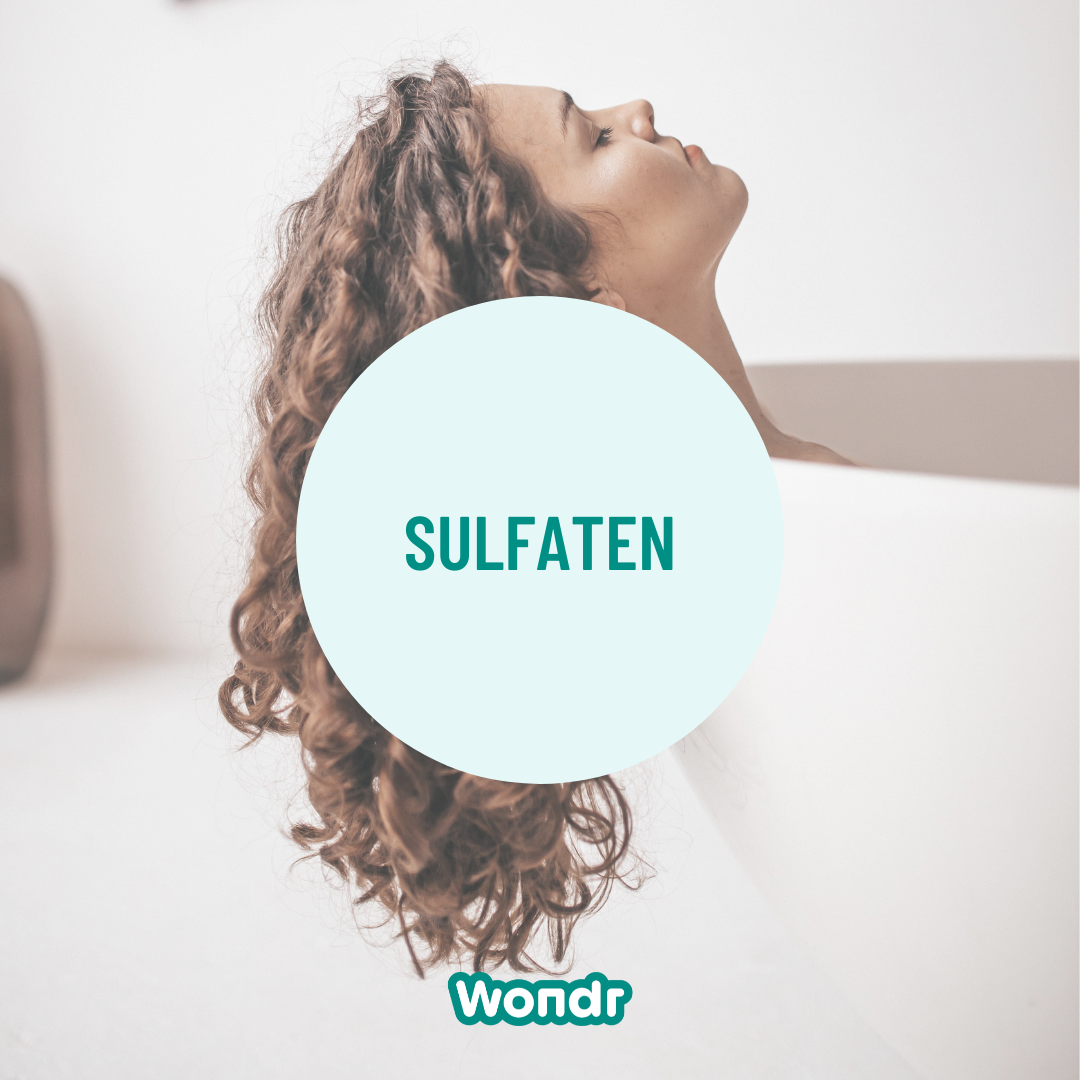
Sulfates, why don't we need them?
Tibbe VerschaffelSulfates are a staple in our bathrooms these days. Many people use them daily, even without realizing it. Most of us aren't aware of the downsides of sulfates, focusing instead on the benefits. Namely, beautiful, fresh, and shiny hair after washing. But after a while, that beautiful, shiny hair turns into a greasy mess...
Why does hair get greasy quickly?

The purpose of sulfates is to cleanse our scalp, but they also strip away our natural oils. Our scalp needs these oils to stay healthy and supple. These natural oils, also called sebum, form a protective layer on our scalp. When you wash your hair, a lot of foam is often released. This is because sulfates like SLS are aggressive foaming agents.
Because sulfates remove that layer, excess sebum production occurs, which protects your scalp. So, if you wash your hair every day with shampoo rich in sulfates, your hair will become greasy faster because it wants to produce more sebum. This means our sebaceous glands don't have enough time to cope. This can cause your scalp to become dry and irritated, leaving it dull and dry.
Where are sulfates still used?
Shower gels contain a lot of sulfates. Excessive and/or prolonged use leads to a damaged skin barrier. This damaged barrier, in turn, leads to dehydrated skin that is no longer able to absorb moisture. You'll feel tight and dry.
Sulfates are even in toothpaste! The ingredient "sodium lauryl sulfate" (SLS) makes toothpaste foam. SLS is present in almost all toothpastes. It feels pleasant in the mouth, but it also has its drawbacks. It is irritating and can quickly cause sores and ulcers in the mouth.
What do sulfates actually consist of?
Sulfates consist of salts or esters of sulfuric acid, an oil-soluble portion and a water-soluble portion. The oil-soluble portion adheres to the dirt in your hair. The water-soluble portion dissolves the dirt in the water and rinses it away. The more aggressive the sulfate, the more degreasing and cleansing it is, but the risk of skin irritation is greatest.
Bad for the hair, but also for the environment!
Palm oil is an essential component in sulfate production, but that's not good for the environment! Read more about palm oil here.
Top 10 sulfates from aggressive to mild
It's important to know that there are both aggressive and mild sulfates. So, they're not all equally bad for your hair and scalp. Below is an overview of aggressive and mild sulfates.
- Ammomium Lauryl Sulfate - ALS
- Ammomium Laureth Sulfate - ALES
- Sodium Lauryl Sulfate - SLS
- Sodium Laureth Sulfate - SLES
- Sodium Myreth Sulfate - SMES
- TEA Lauryl Sulfate - TLS
- TEA Laureth Sulfate - TLES
- Sodium Coco Sulfate - SCS
WONDR bars are sulfate-free, how is that possible?

Our WONDR bars are completely sulfate-free! We replace sulfates with SCI, sodium cocoyl isethionate. This is a plant-based ingredient (coconut). SCI has a high foaming capacity and produces a stable, rich, and velvety lather that doesn't dry out your skin. When using WONDR shampoo bars, your hair may need some time to adjust because its sebum production is disrupted. But afterward, it feels much better!




